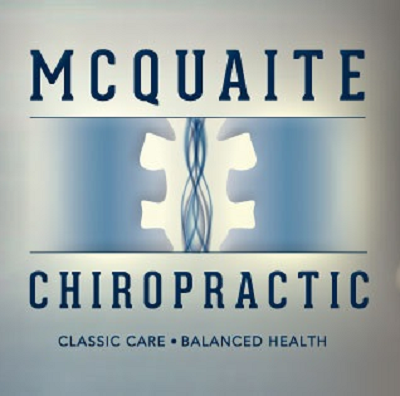According to Spine-Health.com, “spinal stenosis is an abnormal narrowing of a body channel.” That may sound odd but hopefully, it will make more sense in just a moment.
Imagine your spinal column running from your brain to your lumbar (lower back) region. As you probably know, your spine comprises a series of discs and bones. The bones are called vertebrae and together, they provide protection for your spinal cord. However, an accident could result in paralysis caused by injury to the spinal cord.
 For those with spinal stenosis, this spinal channel narrows over time which can pinch your spinal cord or the surrounding nerves causing numbness, tingling, or pain. Other common symptoms include back pain, stiffness, weakness, or even sciatica.
For those with spinal stenosis, this spinal channel narrows over time which can pinch your spinal cord or the surrounding nerves causing numbness, tingling, or pain. Other common symptoms include back pain, stiffness, weakness, or even sciatica.
In other words, it can be painful.
Now you might wonder how your spinal channel can narrow in the first place.
There are a few reasons for this. Sometimes it’s genetic and for other cases, it may occur due to a tumor. For most people, it’s a degenerative condition related to arthritis or a herniated disc and it occurs in adults over 50.
In the case of arthritis, imagine that the cartilage wears away between your spinal joints. When this happens, the bone rubs against bone and with nothing to support it, ouch!
Treatment for Spinal Stenosis
Your health care practitioner will work with you on a treatment plan likely to include certain types of exercises and modifications to help rebuild strength and/or for pain relief.
Other typical treatments include epidural injections and anti-inflammatories like ibuprofen.
These may work, and chiropractic care can also be a great choice for effective pain relief.
As you may know, chiropractic care reduces nerve pressure because it restores your spine and ligaments to their rightful places. This means, if you’re feeling pressure due to a bone pressing on a nerve ending – which often happens during spinal stenosis – then you’ll feel relief.
By removing that pressure, your range of motion may be restored because it no longer hurts to move your body in certain positions.
For example, many people with spinal stenosis find it’s painful to stand up straight but they feel back pain relief when they lean over. For example, leaning on a grocery store shopping cart can take the pressure off your lower back nerve endings and thereby find pain relief.
Like many health concerns, regular chiropractic treatments can help you feel better. Here at McQuaite Chiropractic, we’re committed to helping our patients feels their best.
If you have spinal stenosis, book your appointment today to see if chiropractic care is right for you.


